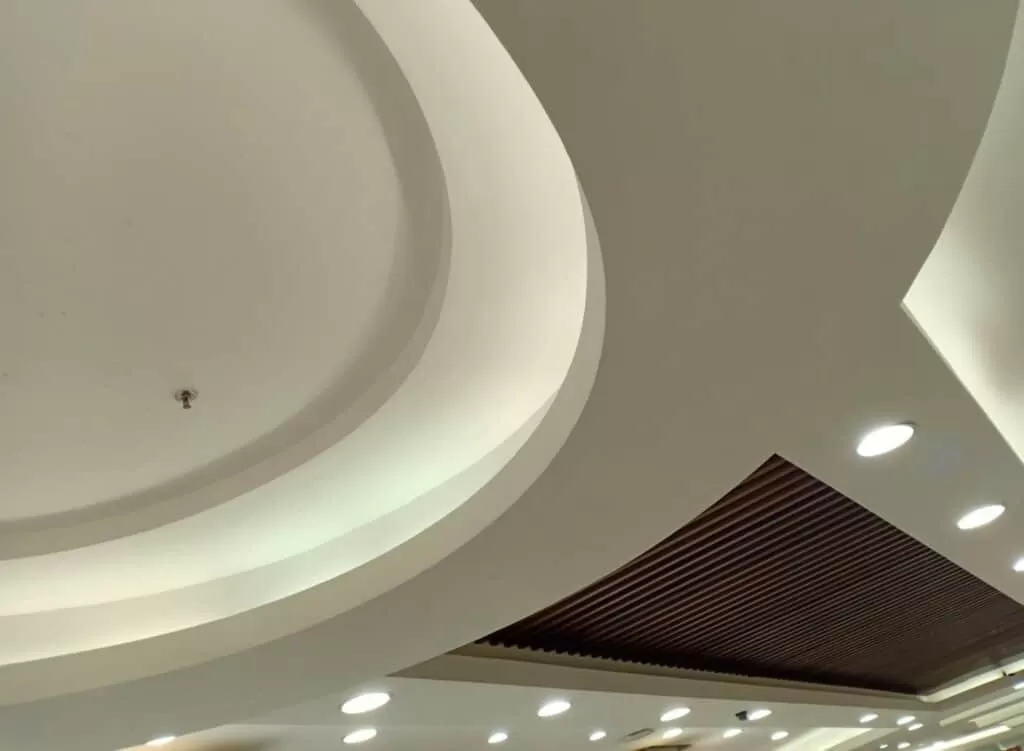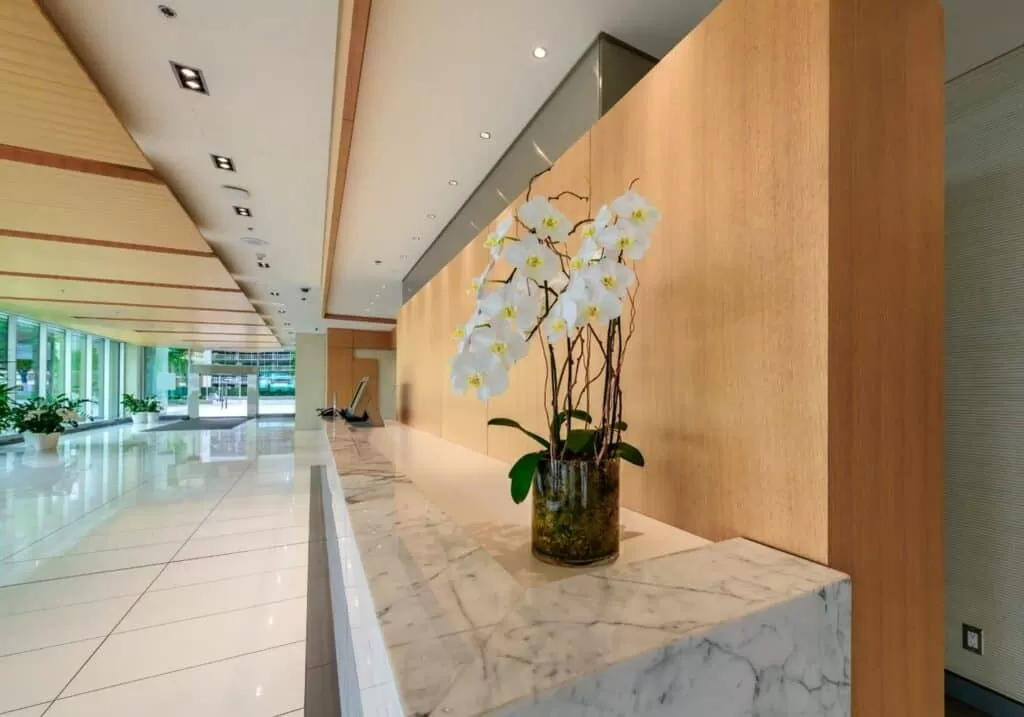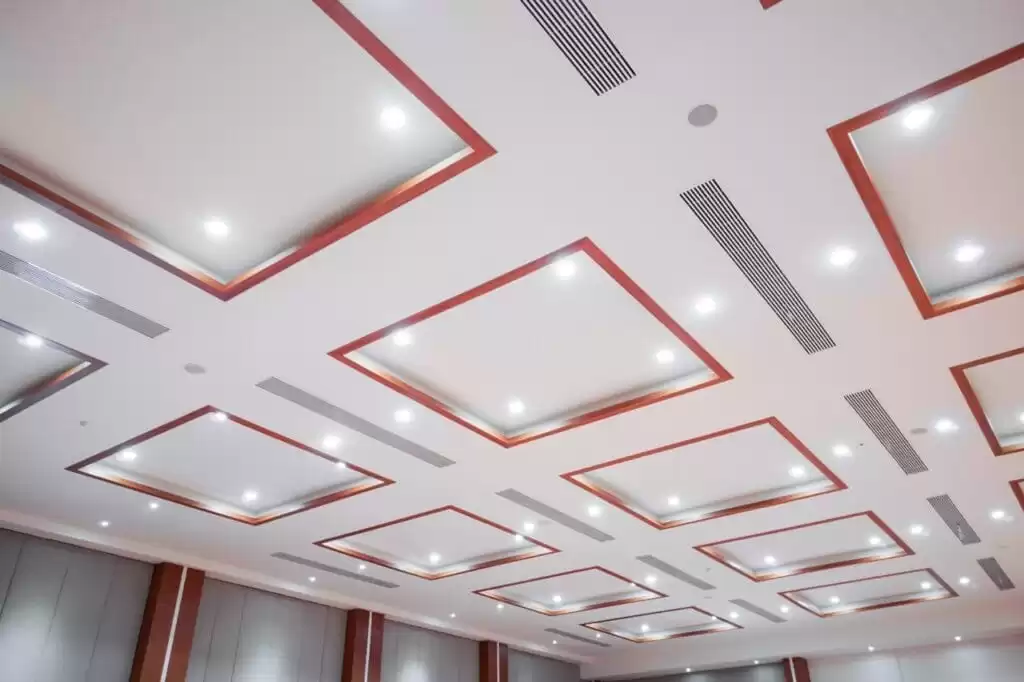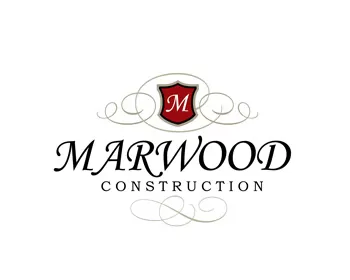
Commercial business space requires a great deal of planning and preparing to achieve the commercial architectural design goals for new construction build outs or renovations.
Making floor plan mistakes is not an option with the price of construction or worse the loss of income due to design errors causing delays to completion.
Commercial architecture and interior design have a reasonably structured process that when followed produces a greater amount of efficiency, while decreasing frustration.
There are some commercial architecture process differences in new construction build out versus commercial remodeling, but for the most part the process follows the same procedures.
The process covering everything from exploring the owners wish list through the details of completing commercial contracting construction.
The most effective and rewarding owner experiences are highly interactive in defining their needs and making clearly defined decisions.
Did You Know?
A well-executed commercial architectural design can increase a building’s operational efficiency by up to 30%, improving workflow, energy use, and employee productivity—all before a single customer walks through the door!
Learn about the required steps of the commercial architecture process for construction documents
1. Owner Design Discovery
The commercial architecture design process begins with the owner defining the work flow for their business.
This means everything from how clients will interact with the business to how the employees of the business work together.
Details like the sharing of information through the interaction of collaborative teams has a strategic impact on the operations floor plan.
In addition to the business work flow the owner should have an idea of the interior design theme they desire.
Will the interior have a traditional feeling or the popular contemporary design appearance. For instance, a traditional office space build out will have 4 walls of drywall and a solid core wood door.
In contracts a contemporary office space might have privacy offices but they are made of glass with glass doors. This type of office project provides an open and expansive feeling for work spaces.
Most importantly, the architectural team needs to ask many questions about the business operations, the interaction of business team members and listen to the owner needs for space planning, creating a desirable environment and optimizing efficiency of the day-to-day operations through the designing exercise.
2. Design Process Approach
One of the early important decisions that an owner needs to make is the method of strategic collaboration approach they want to take.
There are generally two accepted methods to approach for designing and construction. The long-established method is referred to as a design to bid approach.
This is when the owner hires an architect to create the plans for the business space and then solicits bids from general contractors to complete construction.
The second approach is called the design to build approach. This approach is when an owner hires a general contractor and an architect to work together to develop the documents.
- Design to Bid– As stated the design to bid approach is the traditional method of hiring an architect to prepare the construction documents, which are then submitted to multiple general contractors for bidding.
This method is thought to provide the owner with some assurance of receiving the most competitive price available. This may or may not be the case in reality. It depends on the vetting of the bidders.
Critics of this approach point out that there are some important disadvantages to these methods.
The first being that if the bids come back much higher than the pre-design budget, the plans will need to be valued engineered and redrawn to meet the construction budget.
The second common complaint of this approach is that it takes too long. The back and forth between general contractors, the interior decorating firm and architect can cause significant delays in commencing construction.
- Design to Build – The design to build approach has evolved as a consequence from the short comings of the design to bid method. This method is best described as a collaborative effort between the general contractor and the architect.
The general contractor’s role is to provide value engineering throughout the designing process. The general contractor works jointly with the architect to reach a desired budget goal and expedite a faster path to construction.
3. Plan Design Process
There are 3 procedural steps to the commercial architecture process. They are the conceptual phase, the working drawings phase and the construction drawings stage.
This is an evolving developmental process which begins with rough sketches and continues to evolve into detailed construction documents.
- Schematic Design Phase– The schematic phase is the stage where the owner communicates the work flow concept and interior design themes to the designing team.
The designing team provides the owner with concept images, hand sketches and CAD images that are intended to capture the intended direction of the architectural project.
- As Built– In the case of a commercial remodeling project it becomes an essential task to create an as built drawing. This is a map of the existing space that is being redesigned. This map becomes the template for the new floor plan and elevation profiles to be designed.
- Plan Development Phase– Once the concept ideas and the blocked-out designs has been accepted, the designing team begins creating dimensional drawings and introducing building sections to proof out buildability.
During this stage the detail of the developing drawings takes place. The owner continues to approve the development of the major factors like kitchen layout, restrooms, reception areas and customer interaction areas.
- Construction Document Phase– Once the substantial developmental of the commercial construction architecture drawings are approved the designing team proceeds with completing the fine print details of scope of work specifications and completing permit documents like engineering of any structural changes, mechanical / electric equipment schedules.
4. Interior Design Process
The interior design phase of planning a build out or commercial remodeling project can take place during the architectural phase or after the plans are complete.
This really depends upon the complexity of the interior designing ideas. If the plans include detailed built ins and lighting schedules, the interior designing ideas should be integrated into the developments phase of the space plans.
If the interior design plans are limited to colors and material selections, this stage can take place after architect’s plans are complete.
- Sample & Color Selections – The color and material selection stage have a major impact on cost and the construction schedule. Many owners take this for granted and do not expedite this critical task enough.
Materials are not always available and often require long lead times to procure on site. If the lead times are not planned for the results can interrupt the construction schedule.
- Shop Drawings– Shop drawings are required for products and materials that need to be fabricated to fit to an as built condition. These are required for tempered glass doors and walls, cabinetry and special furniture pieces or equipment that is required to complete the space.
5. Construction Phase
Beginning construction is a milestone for any commercial architecture process, although this may not be the end of the designing process for the project.
The beginning of the commercial construction process involves matching up the plan dimensions with the actual space.
This does not always translate to a smooth transition. It is common to require getting the architect involved to for clarity of direction.
As well the owner’s involvement with the project rarely ends with the completion of the designing phase.
There are two additional common steps that the owner has a stake in during construction, that require an interactive discussion with the commercial builder. The schedule warrants a conversation and there are onsite decisions that need the owner’s approval through this phase.
- Schedule– Schedules are an important project management tool for construction control. They also are a relevant tool for the owners attempting to coordinate a move in date, equipment delivery and furnishings for a new build out space.
In the case of an office remodeling the schedule is critical to minimizing construction interruptions to the routine work flow of the business space.
The schedule is an important tool in coordinating large commercial remodeling projects that require phasing remodeling improvements to avoid work flow shut downs. Phasing improvements is a general strategy to lessen the impact on the business.
- Site Meetings– When it comes to construction milestone improvements most general contractors will meet with the owner on site as progress meetings.
These meetings help communicate the construction progress and also serve as an opportunity for the owner to review how the architectural process is translating into the physical space.
These meetings are also needed to approve the selected color and material installation concerns.
For instance, the selected color may have a different color hue resulting from the space lighting system. Other meeting topics may include the owner signing off on floor pattern layouts or wall tile patterns.
The commercial architecture design process for renovations is an interactive experience between the owner and their hired professional service providers.
There is a better than average chance that if the owner surrounds themselves with trusted commercial construction advisers, the commercial remodeling project will be more rewarding and successful process.
Start Your Commercial Design Process Journey Today
The commercial architecture process includes the architectural design team, interior designers and commercial construction company to execute the project.
Commercial architecture requires collaboration of these active participants to have cost effective meaningful results.
Regardless if the project is ground up construction or building renovation or just an office build out, the commercial architecture process is the recipe required to successfully perform the project.
FAQs for Commercial Architecture Process
What is the first step in the commercial architecture process?
The process begins with the Owner Design Discovery, where business workflow and design themes are defined.
What’s the difference between ‘Design to Bid’ and ‘Design to Build’?
Design to Bid separates architect and contractor roles, while Design to Build involves both collaborating from the start for efficiency and cost control.
What are the main design phases in commercial architecture?
The three phases are Schematic Design, Plan Development, and Construction Documents.
When does interior design take place in the process?
Interior design may run parallel to architecture or follow it, depending on complexity.
Why are site meetings important during construction?
They help ensure design intent matches execution and allow for real-time owner decisions.















